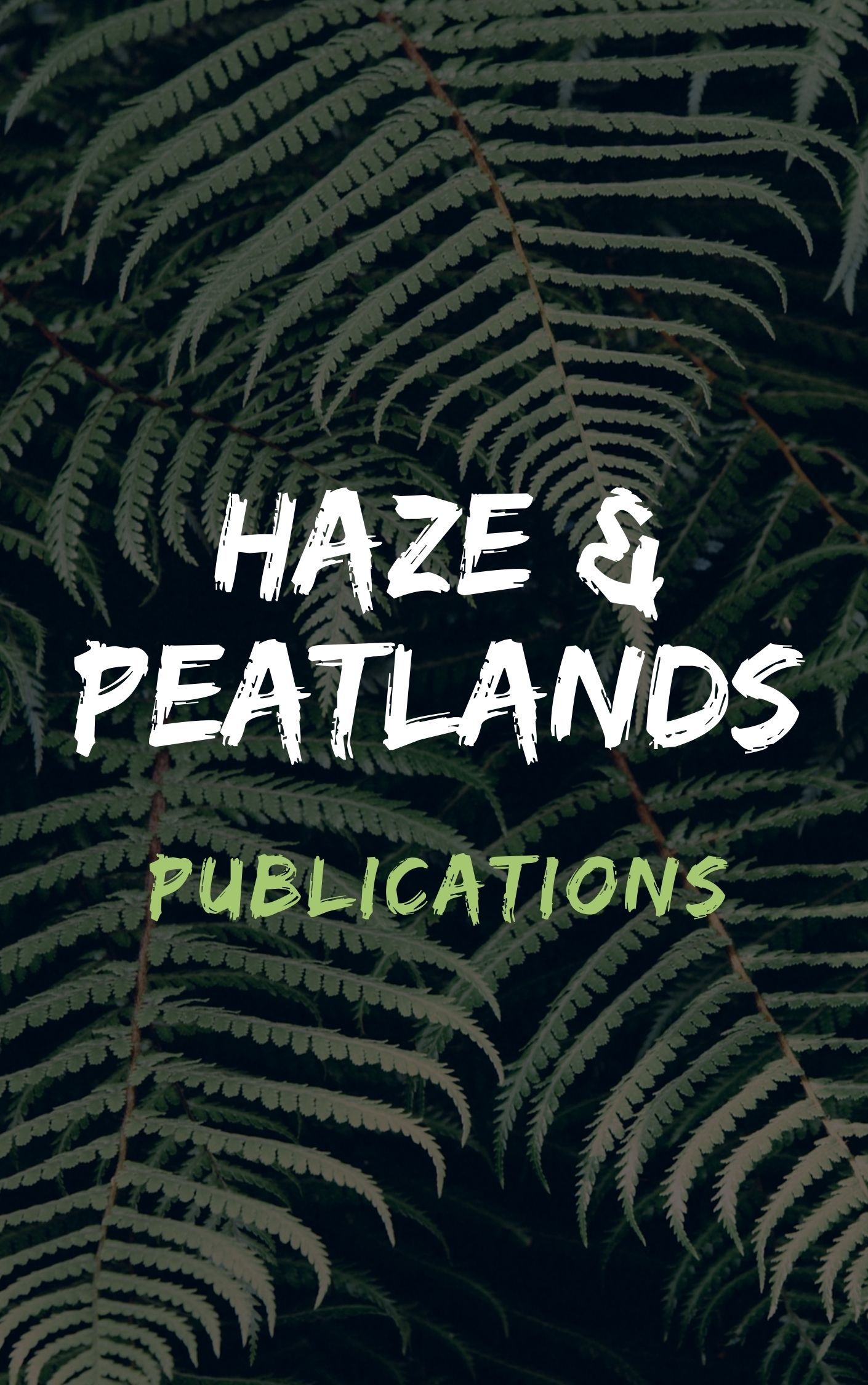Trans-boundary haze events in Southeast Asia are associated with large forest and peatland fires in Indonesia. These episodes of extreme air pollution usually occur during drought years induced by climate anomalies from the Pacific (El Nino Southern Oscillation) and Indian Oceans (Indian Ocean Dipole). However, in June 2013--a non-drought year--Singapore's 24-hr Pollutants Standards Index reached an all-time record 246 (rated very unhealthy"). Here, we show using remote sensing, rainfall records and other data, that the Indonesian fires behind the 2013 haze followed a two-month dry spell in a wetter-than-average year. These fires were short-lived (one week) and limited to a localized area in Central Sumatra (1.6% of Indonesia): burning an estimated 163,336 ha, including 137,044 ha (84%) on peat. Most burning was confined to deforested lands (82%; 133,216 ha). The greenhouse gas (GHG) emissions during this brief, localized event were considerable: 172 +/- 59 Tg CO2-eq (or 31 +/- 12 Tg C), representing 5-10% of Indonesia's mean annual GHG emissions for 2000-2005. Our observations show that extreme air pollution episodes in Southeast Asia are no longer restricted to drought years. We expect major haze events to be increasingly frequent because of ongoing deforestation of Indonesian peatlands."
View source

